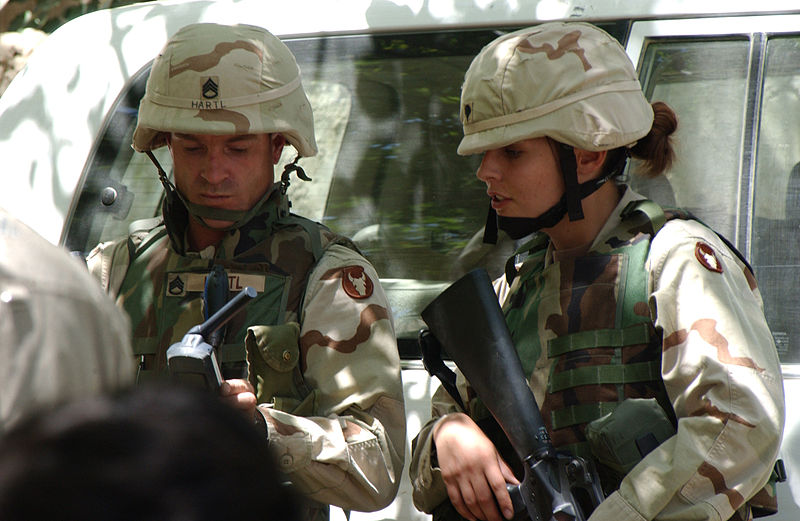Passengers on public transit in Aberdeen are now taking advantage of new technology based entertainment.
Commuters taking the public transit buses in Aberdeen, Scotland now have a brand new augmented reality experience available to them that will allow them to gain a great deal more entertainment out of their rides.
Through the use of mobile devices, they can now enjoy high tech entertainment while onboard.
Using smartphones and tablets, passengers on these Scottish are able to open up an interactive video channel that gives the viewer the choice to view a range of different content, including information about the transit services, interviews with staff, movie trailers, and even the ability to purchase tickets or surf the web.
There are 35 First Aberdeen buses that have been equipped with this augmented reality feature.
To make this service more readily available to a larger number of mobile devices, the buses also feature free WiFi for riders. This initiative has been generating a considerable amount of activity from passengers. In fact, since it first launched in November, there have been thousands of individuals who have accessed the content available through this AR channel.
All that riders need to do to access the AR material is to follow the instructions on the bus seat backs for downloading the free First Scotland app from Google Play or the Apple App Store. The app makes it possible to aim the mobile device at the seat back to trigger the video channel so that it can be streamed into the smartphone or tablet.
According to the General Manager of First Aberdeen, Duncan Cameron, “Our new augmented reality channel brings our seat backs to life and I hope makes bus travel that little bit more interesting and enjoyable.” He also went on to say that the transit system believes that they are the first company of that nature around the globe that has implemented AR tech on the backs of bus seats in order to help to encourage ridership on their vehicles. The sheer number of uses that the feature has seen until now has revealed the type of interest that this can, indeed, draw.
A number of different virtual tools will be used to help to enhance the ability to prepare troops.
With the goal of innovating the training process, the Army has decided to work more augmented reality tools and virtual environments into its training process, including the use of games.
The goal is to ensure that troops will be more ready for major field exercises.
At the same time, this is making it possible to provide the necessary instruction and experience within the limitations of a tight budget. A Sources Sought notice has now been issued by the Army Contracting Command, requesting that interested companies provide a demonstration of mature technologies designed for military training that can be used at home bases. Tech should include augmented reality tools that individual soldiers will be able to use, or units that are smaller than a company.
These augmented reality and virtual tools would be employed for home base training.
The training would occur ahead of the Network Integration Evaluation (NIE) 15.1, which will occur in Fort Bliss, Texas and in White Sands Missile Range, New Mexico, near the end of the year in October and November. During this time, it is the intention of the Army to conduct an evaluation of its tactical network baseline among a number of different forms of scenarios of operations. It is the hope of command that it will receive the responses that it has been seeking by January 31.
The military has been expanding the types of technologies and virtual environments that it has been using for its training purposes in order to be able to continue to function within budgetary limitations. The Army simply does not have the resources available at the various individual bases to be able to provide all of its individual soldiers with the type of training that is required for a realistic experience. Technology is the solution that it has chosen for providing joint, international, interagency, and multinational environments. Simulations have been key to this effort.
Augmented reality presents the Army with the opportunity to train using a broad range of virtual programs worked into a single environment.



